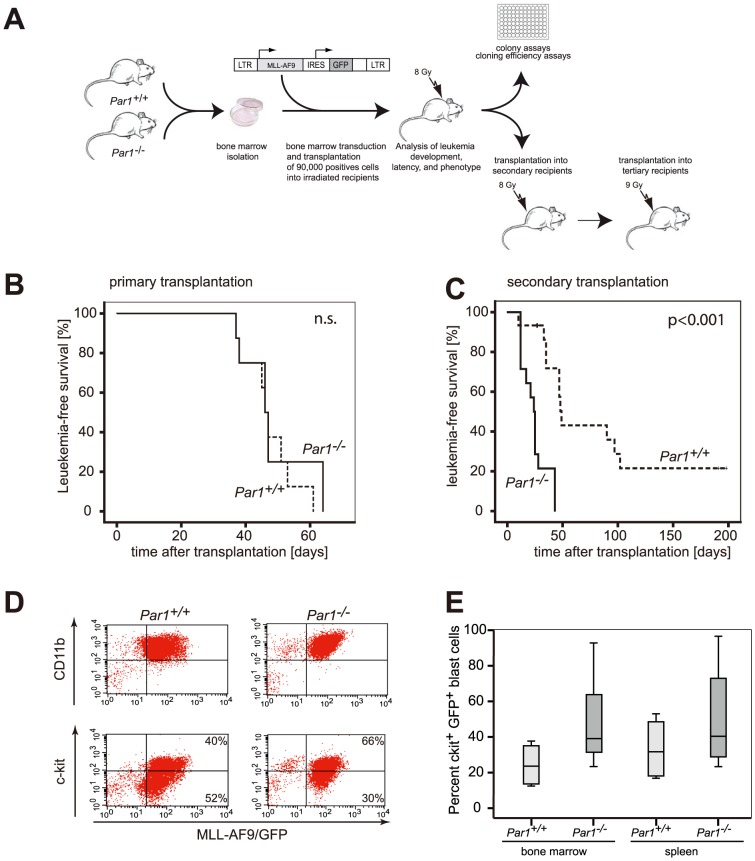Figure 5. Absence of Par1 accelerates MLL-AF9 driven murine leukemogenesis.
5A. Schematic overview about the performed transduction and transplantation experiments. Bone marrow isolated from Par1+/+ or Par1−/− mice was retrovirally transduced with MLL-AF9/GFP. Equal numbers of positive cells were transplanted into lethally irradiated recipients, which were then subjected to different analyses and subsequent serial transplantations. 5B. Survival curves of recipient mice which were transplanted with bone marrow cells of Par1+/+ or Par1−/− mice that were retrovirally transduced with MLL-AF9 (n = 8 of each genotype). Cells of both genotypes led to a fatal leukemic disease with comparable latency. 5C. Survival curves of secondary recipient mice which were transplanted with bone marrow cells of leukemic mice derived from the primary transplantation shown in Fig. 5B. The secondary recipients of Par1−/−;MLL-AF9 cells (n = 14) died after a significantly shorter latency than mice transplanted with Par1+/+;MLL-AF9 primary blasts (n = 15; p<0.001). 5D. The phenotypic analysis of blasts of the secondary leukemic mice did not reveal differences in CD11b expression between Par1+/+;MLL-AF9 and Par1−/−;MLL-AF9 cells. 5E. Par1−/−;MLL-AF9 transplanted mice (n = 8) exhibited a strong tendency towards higher percentages ofc-kit expressing cells in spleens (p = 0.055, t-test) and bone marrow (p = 0.22, t-test)compared to Par1+/+;MLL-AF9 transplanted mice (n = 4).

